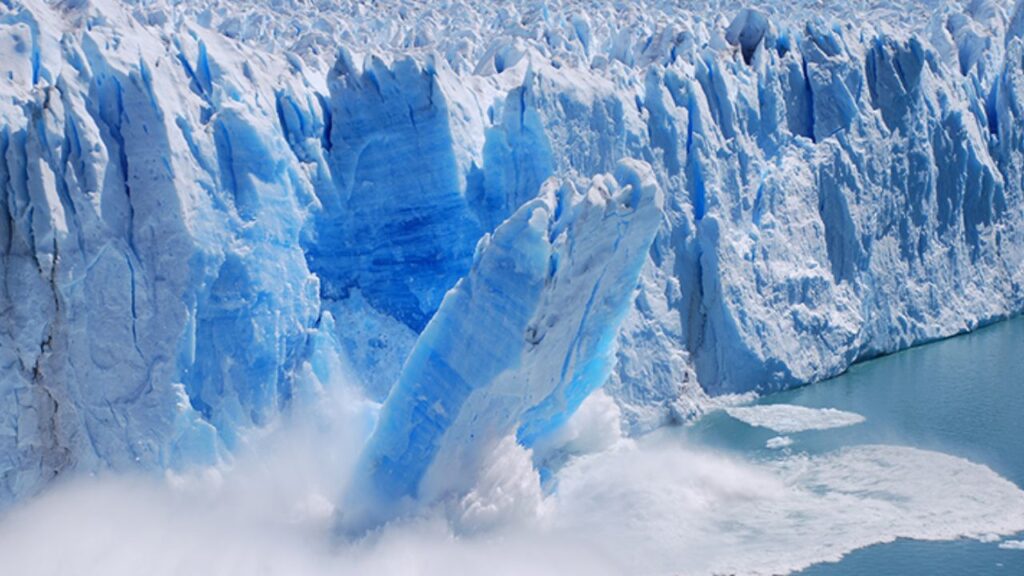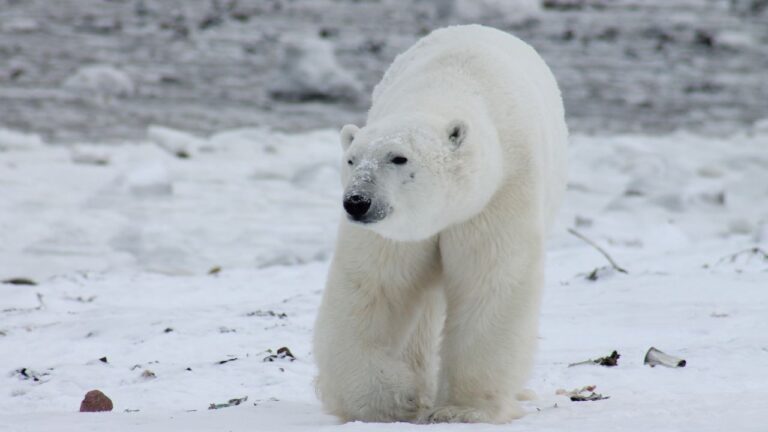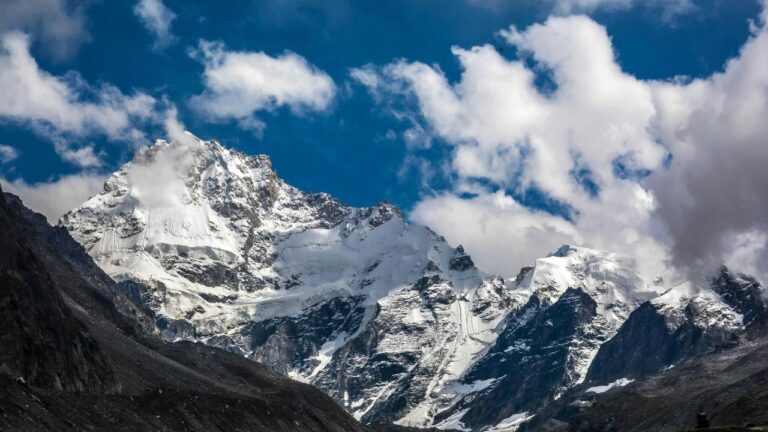
A new global analysis has found that the world’s freshwater reserves are vanishing at alarming rates, with much of it flowing into the oceans and accelerating sea level rise. The study, led by Earth system scientist Hrishikesh Chandanpurkar of FLAME University, India, warns that landmasses across the globe are drying out faster than previously thought, surpassing even the contribution of melting ice sheets to rising seas.
Researchers used more than 20 years of satellite data from NASA’s GRACE (Gravity Recovery and Climate Experiment) mission and its successor to track terrestrial water storage between 2002 and 2023. Their findings show that continents excluding Greenland and Antarctica have lost water at “unprecedented rates,” with areas undergoing drying expanding every year by a landmass roughly double the size of California.
The drying trend is being driven by a combination of climate change and human activity. Greenhouse gas emissions have disrupted rainfall patterns, while large-scale diversion of rivers and over-extraction of groundwater have further strained natural systems. Although some regions are getting wetter, the study highlights that arid areas are drying much more rapidly, and the overall net balance is one of severe water loss.
Crucially, this freshwater depletion is not only shrinking rivers, lakes, and aquifers but also finding its way into the oceans, now surpassing ice sheets as the dominant source of sea level rise. The research points to high-latitude regions such as Canada and Russia, where thawing permafrost and melting land ice are playing a major role. In non-glaciated regions, the picture is even more stark: 68 percent of the losses are linked directly to human groundwater pumping.
Extreme droughts in Central America and Europe in recent years have worsened the situation, a pattern that scientists expect will become more frequent as the planet warms. With rainfall becoming less reliable, communities and agriculture are increasingly turning to groundwater reserves, often draining aquifers faster than they can be replenished.
Examples include California’s Central Valley, which relies heavily on groundwater to sustain its massive almond industry, and Central Asia, where water-intensive cotton farming contributed to the near-total disappearance of the Aral Sea.
“Over-pumping of groundwater is now the single largest driver of water loss in drying regions, amplifying the impact of higher temperatures, droughts, and desertification,” the researchers note.
The authors stress that protecting underground water reserves must become a global priority. They call for urgent action at local, national, and international levels to manage and preserve groundwater sustainably.
“Climate change mitigation may be lagging, but there is no reason for water conservation to follow the same path,” the team concludes. “Safeguarding the world’s groundwater is essential for securing our future on an increasingly drying planet.”






